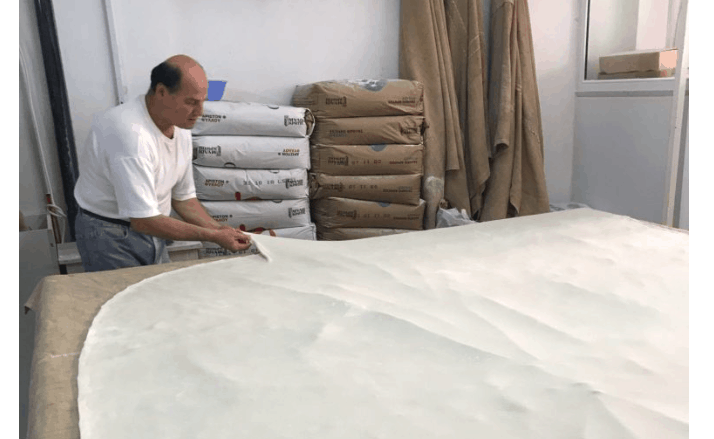
Stelios Lagoumitzakis Cretan bakery
Chania is a town on the western side of the Greek island of Crete. It has a long history of rulers, evident in its Venetian Harbour and Egyptian lighthouse. It is renowned for its high-quality regional produce, hospitable locals and varying landscapes.
Chania is a town on the western side of the Greek island of Crete. It has a long history of rulers, evident in its Venetian Harbour and Egyptian lighthouse. It is renowned for its high-quality regional produce, hospitable locals and varying landscapes.
And just outside of town, there are two brothers. Gianni, aged 50, is tall, slim and balding; Stelios, aged 55, is short and stocky with a full head of hair. We arrive at their shop known only by the name, Stelios Lagoumitzakis. Not much has changed since it's opening in the 1950's. There is nothing flashy here. They are both wearing white T-shirts with blue jeans and a belt. Despite their matching clothes, it is hard to believe they’re brothers. Aesthetically, they're the complete opposite.
"Kalos ta paidia,” said Stelios, meaning 'Welcome to the kids'. In their eyes, we must have appeared young.
They walk us through to the workshop. For them, this is where the hard work takes place. For us, this is where the fun begins. It is a special privilege to be here. This filo pastry shop is the only one of its kind still operating in Chania.
After showing us the commercial-sized mixing bowl and pastry roller used to prepare the dough, Gianni takes a small piece of filo pastry that had been rolled out to the size of a pizza base. There are stacks and stacks of these piled on top of a bench at the back of the workshop.
Gianni dusts some flour on the first sheet of pastry and begins picking up the dough with one hand while laying the pastry onto his other forearm. He then maneuvers the pastry rapidly from right to left in a circular motion. The smell of flour fills the room.
The process stretches the dough out, not only making it bigger in size but thinner in consistency. He continues to do this for a few minutes. It’s an intensive exercise that requires good upper body strength. When he is happy with the size of the filo (the dough is now about the size of a double fitted bed sheet) he turns away to face a large table covered with a hessian cloth. He swiftly flings the pastry onto the table and to our surprise, there isn't a single tear.
As the pastry lay on the table, Gianni begins to stretch it out even more by pulling on it, bit by bit, using only the tips of his fingers until it’s paper-thin. By the time this process is complete, the filo pastry is about the size of a king bed flat sheet. While working, he tells us why he uses his preferred flour supplier, Cretan Mills and the best ways to use this type of filo pastry in cooking.
Cretan housewives (who still do most of the cooking) will use it to bake desserts such as baklava (a nut-based filo pastry cake with walnuts and almonds) or galaktoboureko (a custard pie wrapped in filo pastry and covered in a cinnamon and clove sugar syrup). Or they will make pies such as Cretan kalistounia, which are filled with wild greens that grow in abundance in Crete (over 120 different varieties have been identified) and myzithra (a local cheese similar to ricotta).
Together the two brothers lay another hessian cloth on top of the finished pastry and trim off the excess. This time, it's Stelios' turn to demonstrate his expertise. "Are you going to record me on camera?" he asks. "Of course," I reply. Stelios begins to repeat the filo stretching process in the same way that Gianni does, but with a little more vigor. I sense some friendly family rivalry, so I record the whole process to make them feel equally important.
Finally, the pastry is cut into A3-sized sheets, folded in half, then in quarters, rolled up, wrapped in paper and sold fresh for a couple of euros. Unfortunately, we didn't get to taste the finished product because it is not baked on site.
Few tourists visit this part of town and those that do would most likely walk past the shop without any idea as to what goes on inside. We found it by asking a local for a cultural and culinary recommendation.
While aesthetically the complete opposite, the two brothers share the same purpose: preserving the art and cultural tradition of filo pastry making by hand for their local community to enjoy.
By Kelly Michelakis
*For more delicious travel features and food recipes head to The Hellenic Odyssey